It starts with HONEY BEES
Apis mellifera (the scientific name for the common honey bee) is personally responsible for 70% of the food we eat. Most honey bees are 'managed colonies', meaning that apiarists (beekeepers) raise and care for them. Without human intervention, we could be bee-free.
Total bee populations have declined, with losses of 1 in 3 colonies yearly. That's because of the FOUR Ps:
- Pests
- Pesticides
- Pathogens (diseases)
- Poor nutrition
Learn more ... check out this article by Time magazine.
 Kevin Jablonski
Kevin Jablonski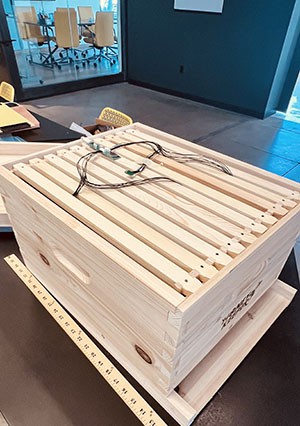
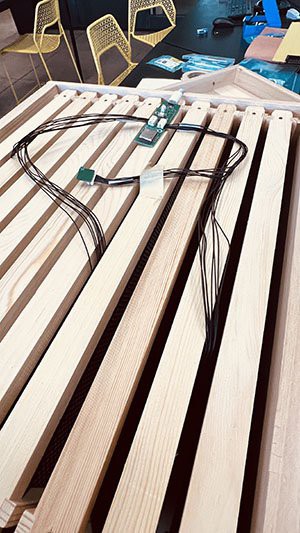
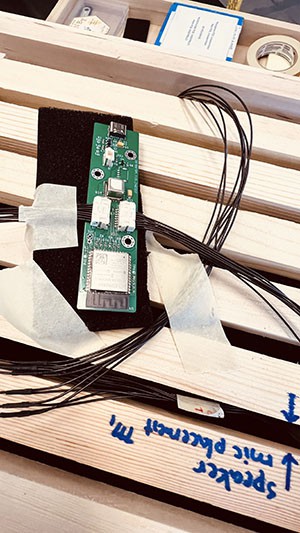
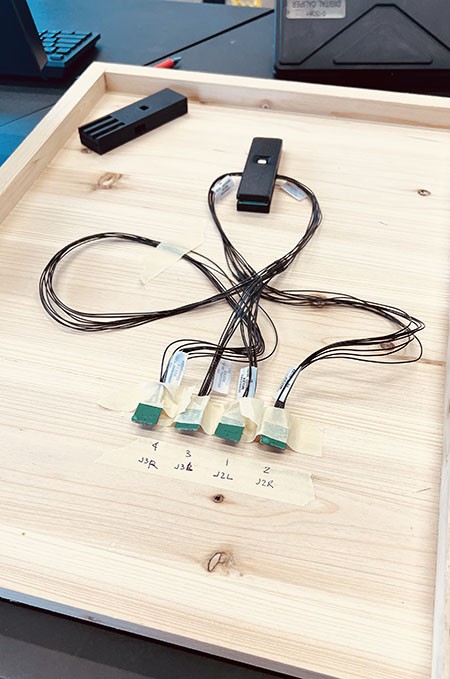

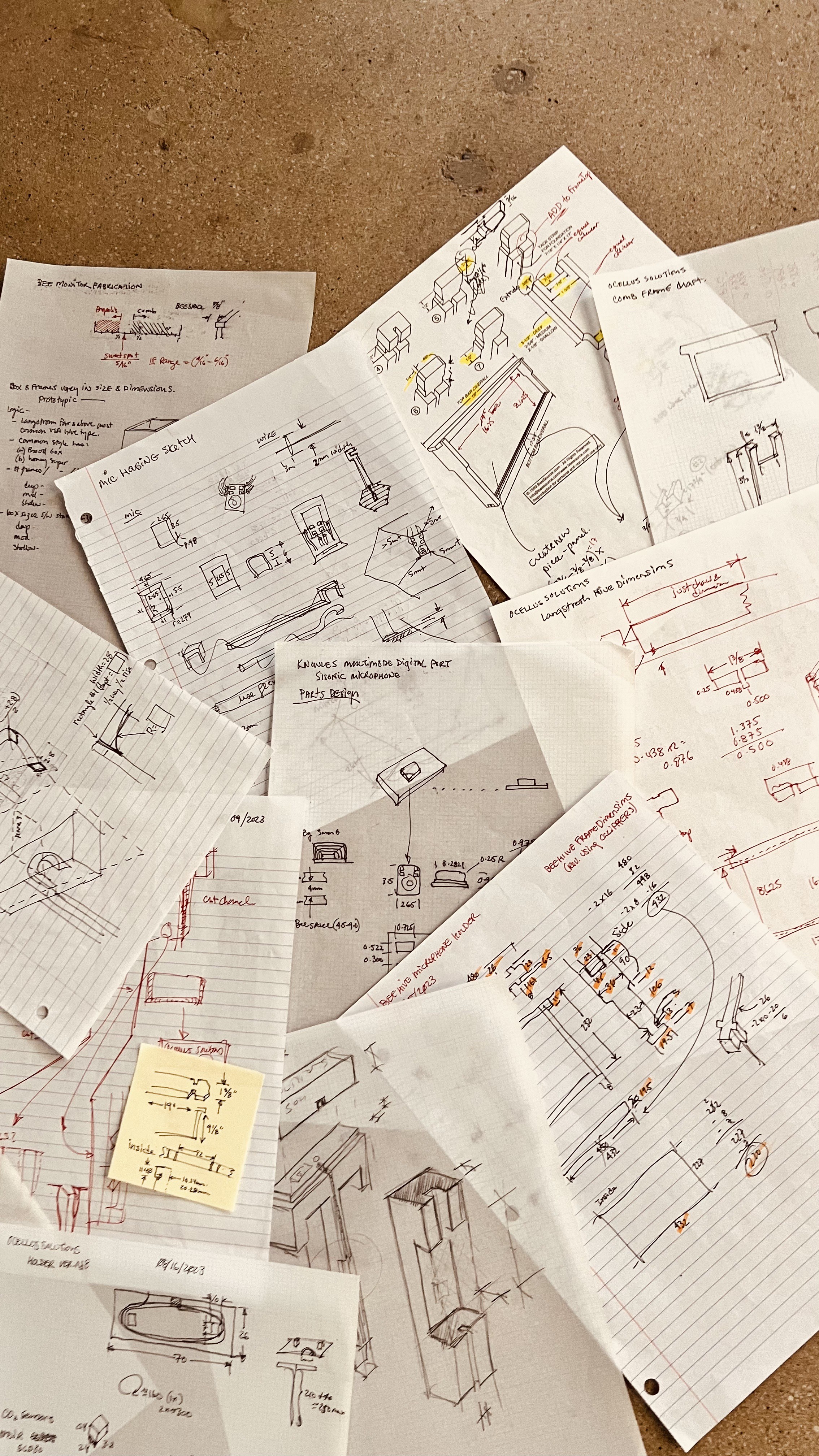
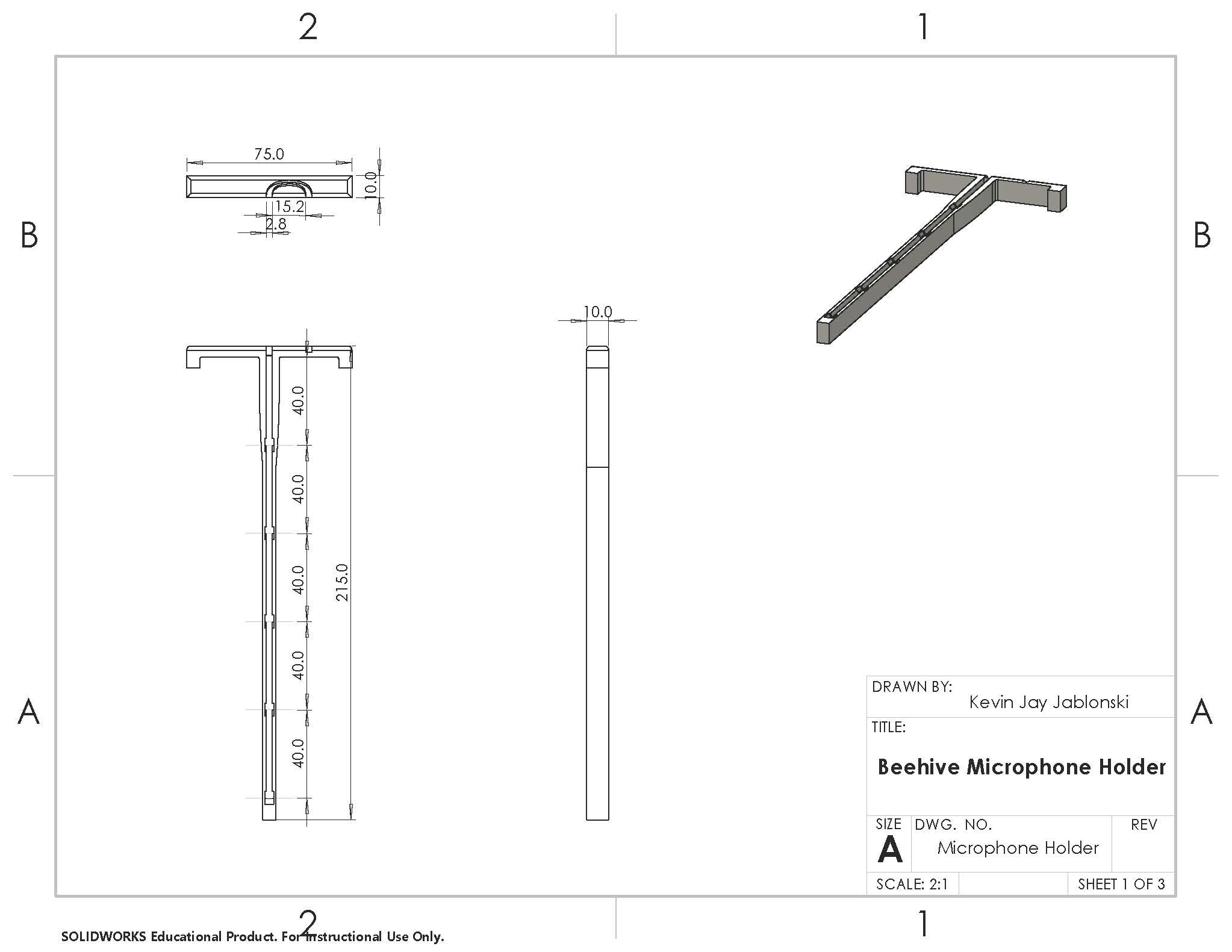
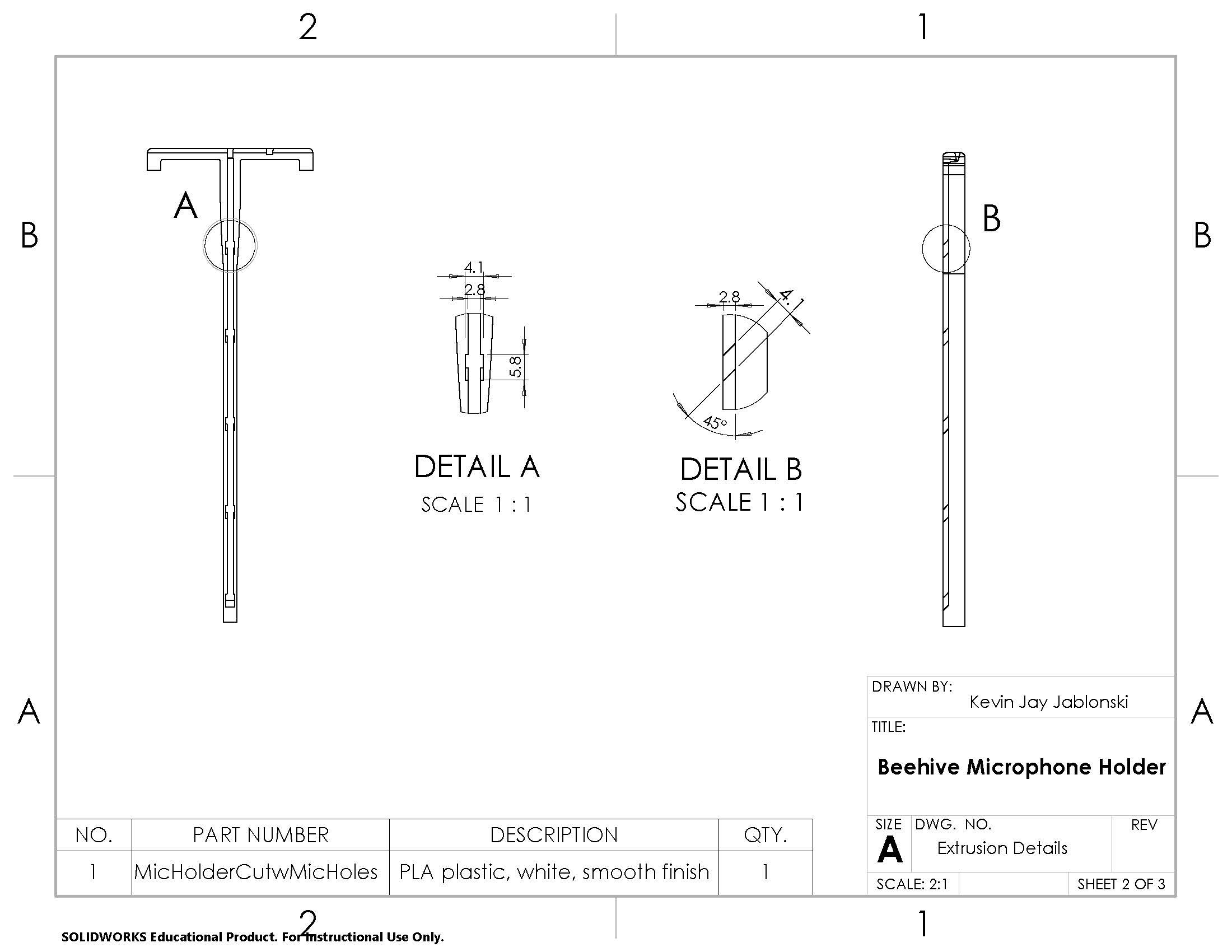
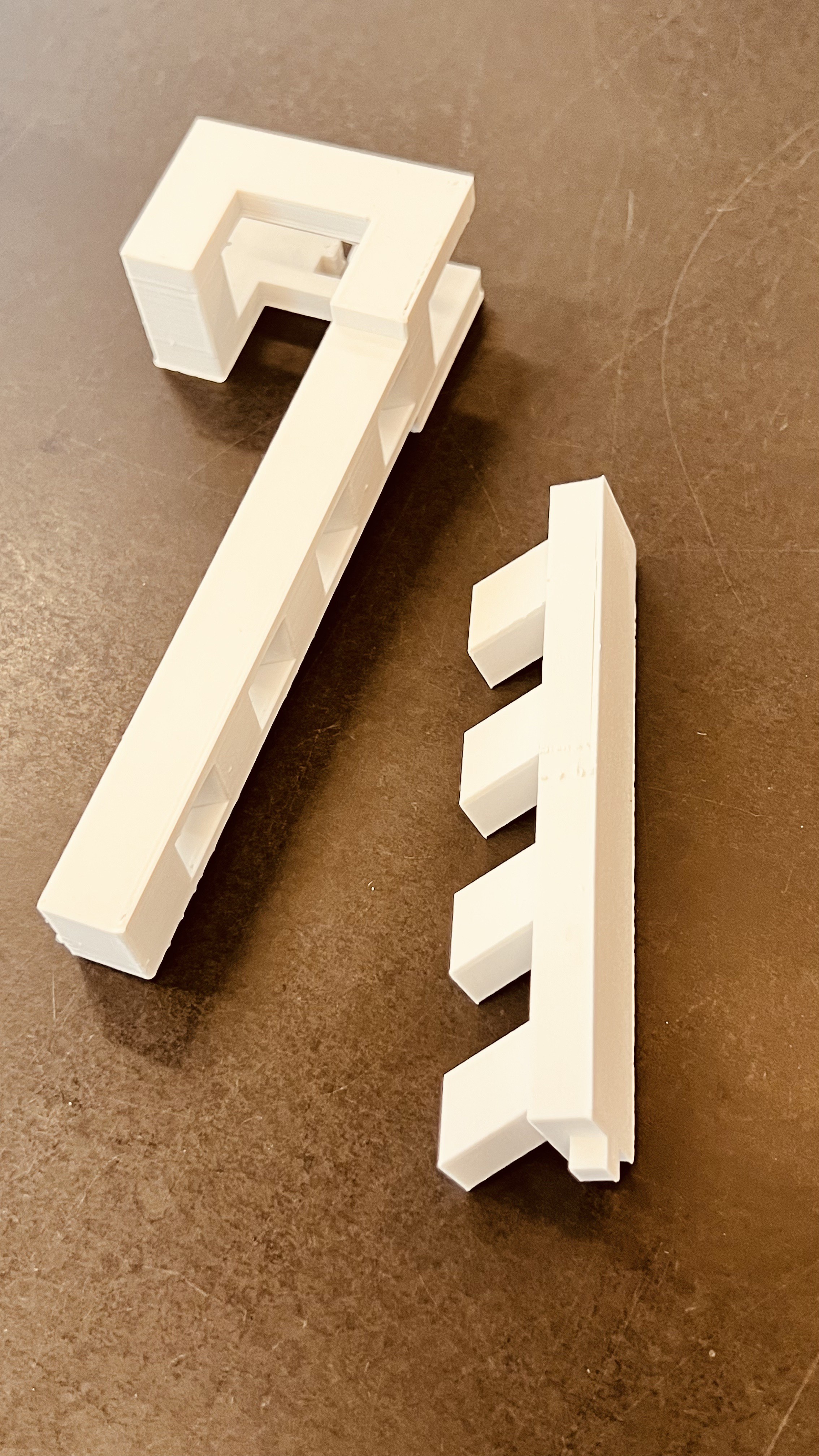
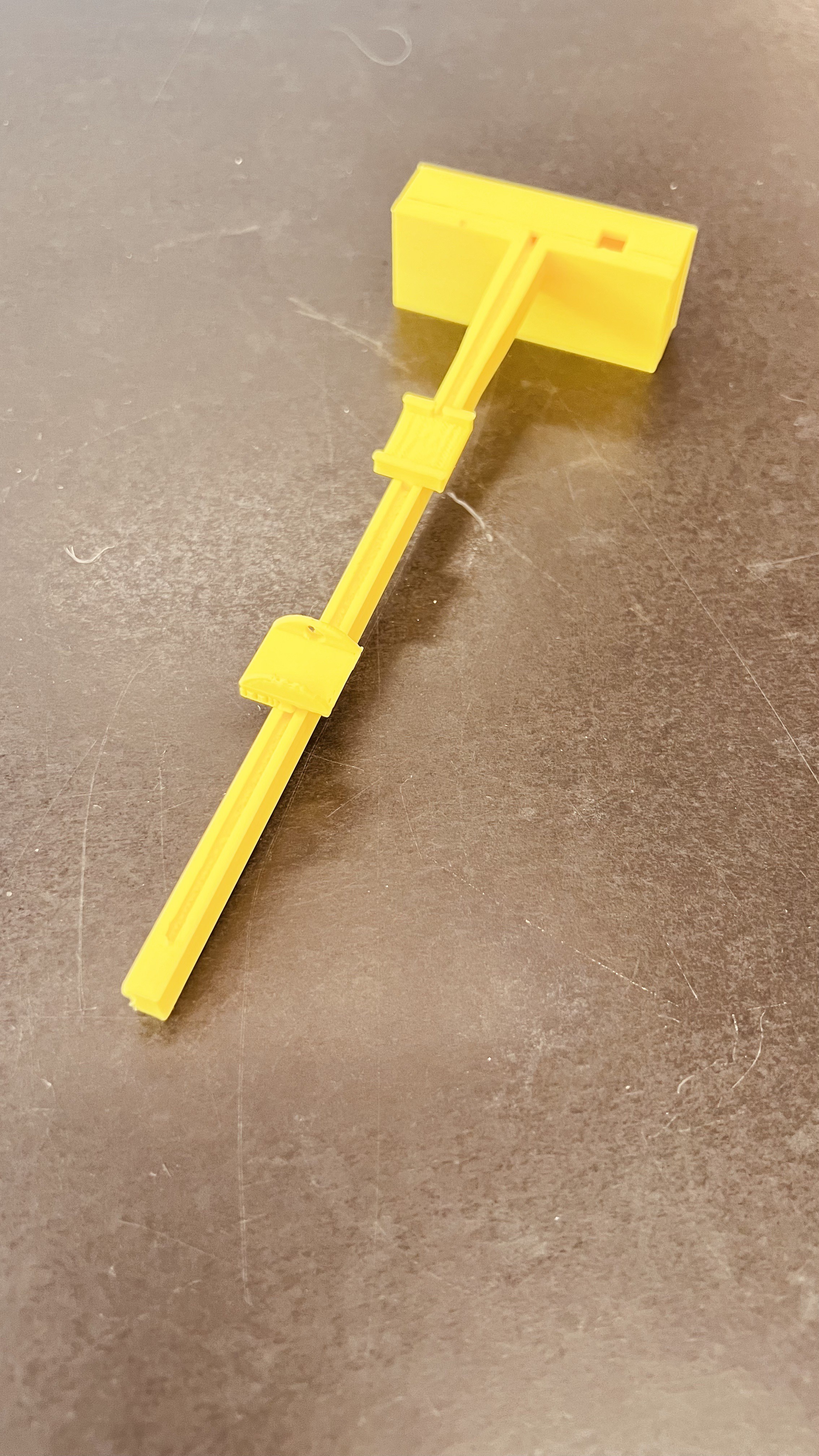
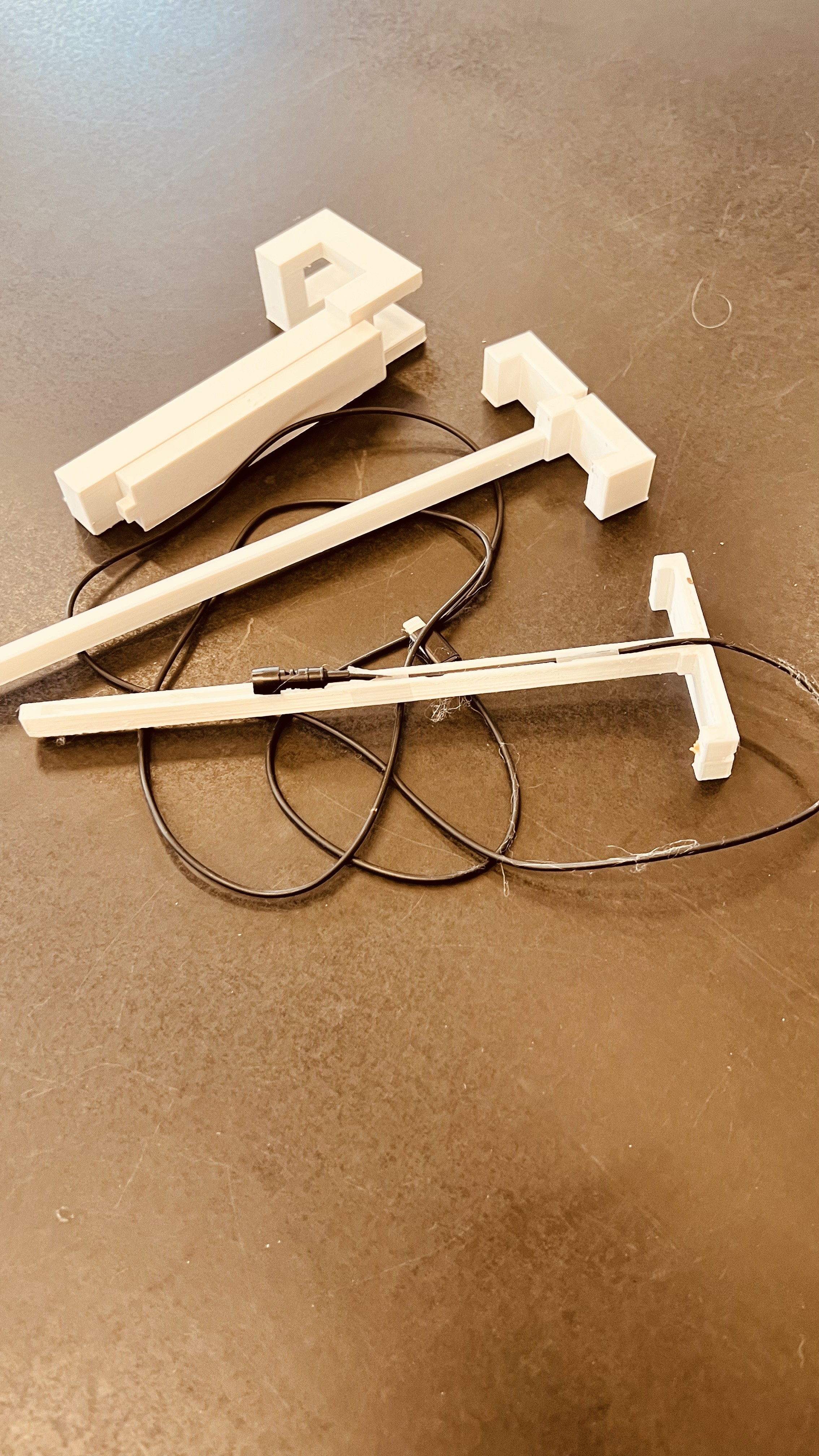
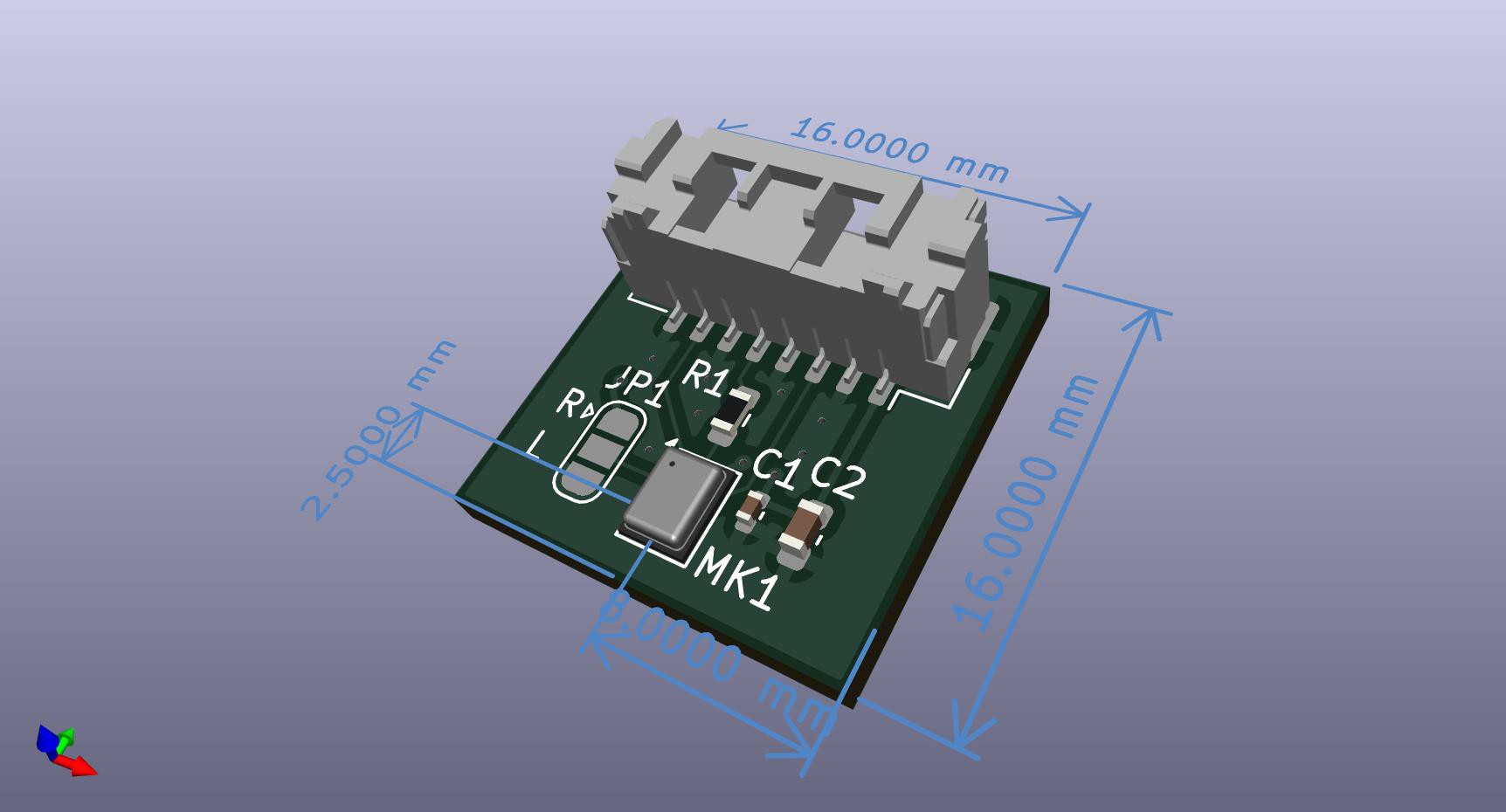
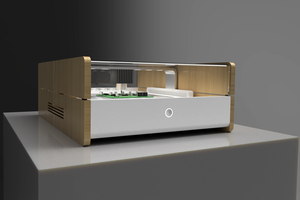
 Victor Dedios
Victor Dedios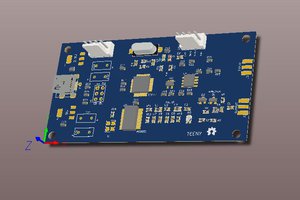
 glenpyeldho
glenpyeldho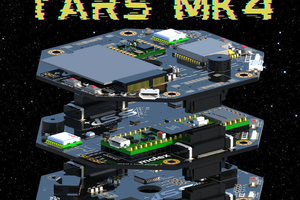
 Illinois Space Society AV
Illinois Space Society AV
 Ever
Ever